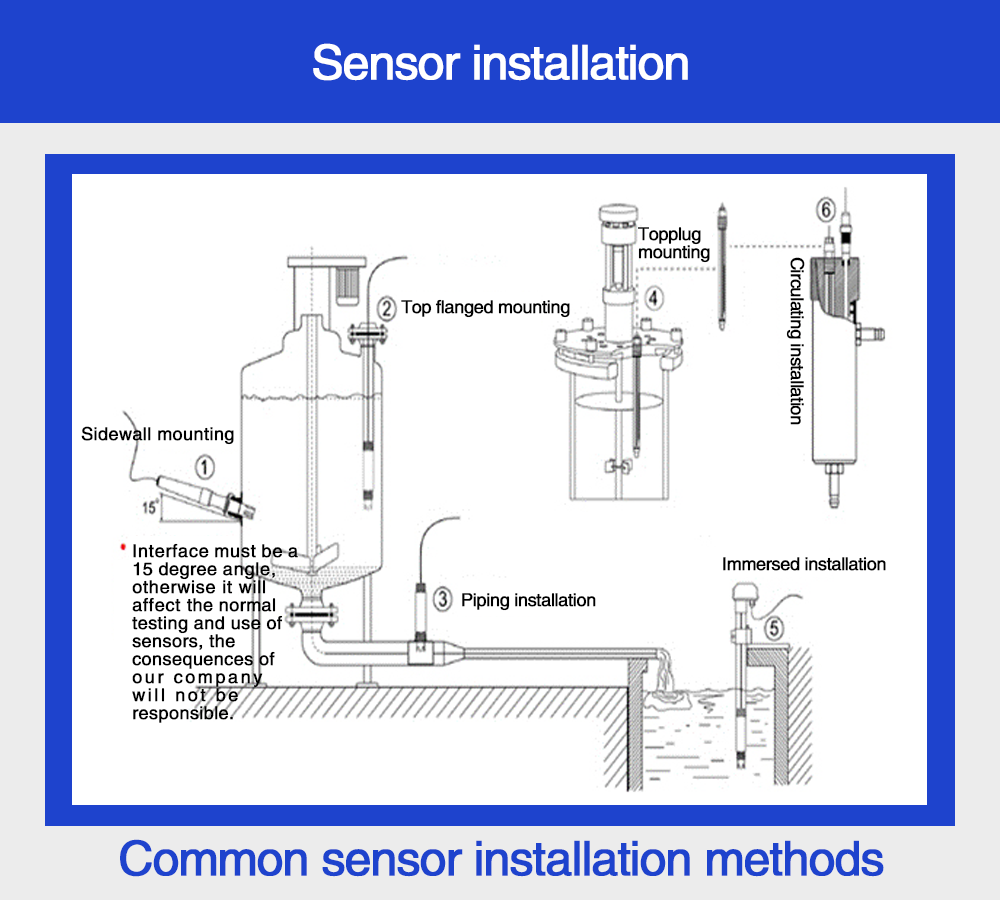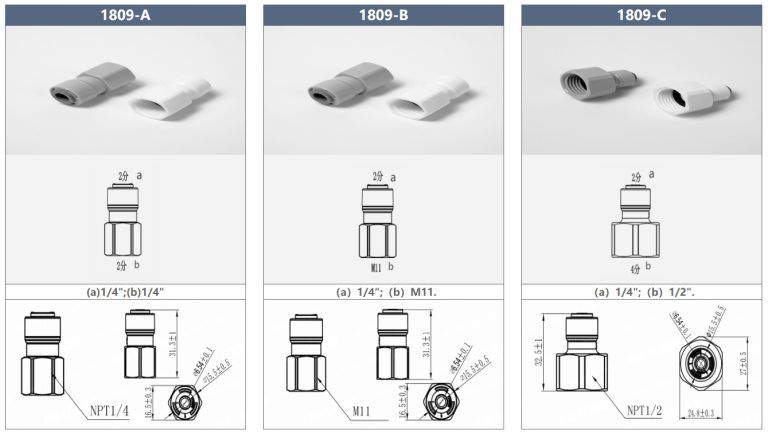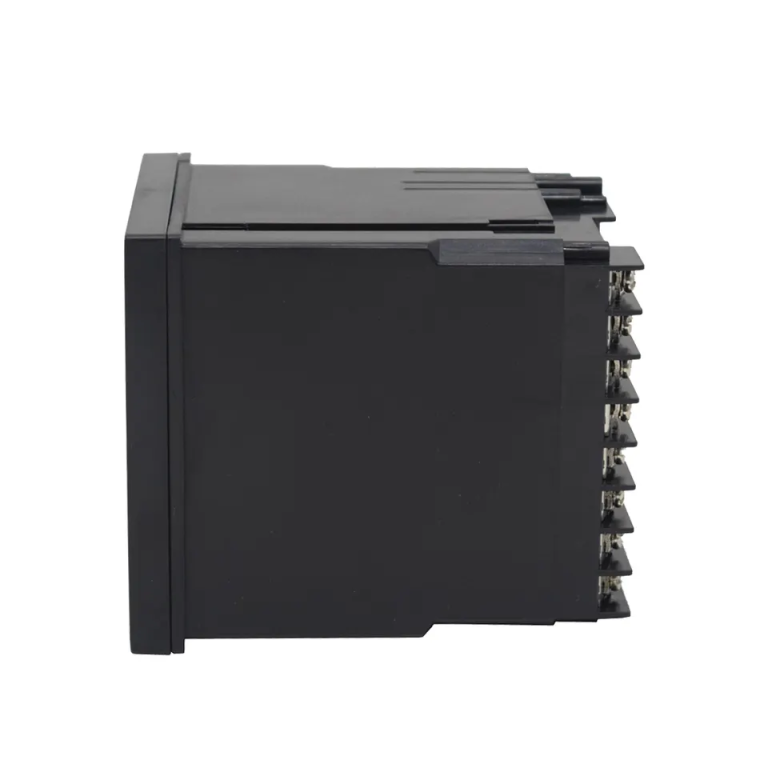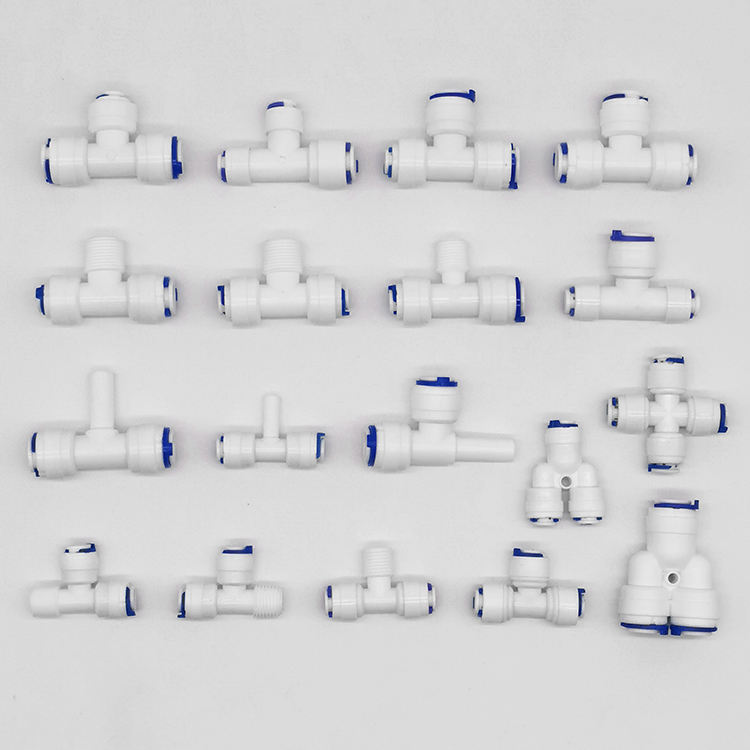“Measuring oxygen levels with precision and accuracy.”
Understanding the Functionality of a dissolved oxygen meter
A dissolved oxygen meter is a crucial tool used in various industries, including environmental monitoring, aquaculture, and wastewater treatment. This device measures the amount of oxygen dissolved in a liquid, typically water. Understanding how a dissolved oxygen meter works is essential for obtaining accurate and reliable measurements.
The functionality of a dissolved oxygen meter is based on the principle of electrochemistry. The meter consists of a probe that contains an oxygen sensor and an electrolyte solution. The oxygen sensor is typically made of a material such as platinum or gold, which acts as a catalyst for the electrochemical reaction that occurs when oxygen is present.
When the probe is immersed in a liquid, oxygen molecules diffuse through a semi-permeable membrane on the sensor and come into contact with the electrolyte solution. The oxygen molecules are then reduced at the sensor surface, generating an electrical current that is proportional to the concentration of dissolved oxygen in the liquid.
The meter measures this current and converts it into a reading that is displayed on a digital screen. The reading is typically expressed in units of concentration, such as milligrams per liter (mg/L) or parts per million (ppm). Some meters also provide additional information, such as temperature compensation and calibration options, to ensure the accuracy of the measurements.
One of the key factors that can affect the accuracy of a dissolved oxygen meter is temperature. The solubility of oxygen in water decreases as temperature increases, so it is important to account for this when taking measurements. Many meters are equipped with temperature sensors that automatically compensate for changes in temperature, ensuring that the readings are accurate and reliable.
Calibration is another important aspect of using a dissolved oxygen meter. Calibration involves comparing the readings of the meter to known standards to ensure that it is measuring accurately. Most meters come with calibration solutions that can be used to calibrate the device regularly and maintain its accuracy over time.
In addition to measuring dissolved oxygen levels, some meters also have the ability to measure other parameters, such as pH and conductivity. These additional measurements can provide valuable information about the quality of the liquid being tested and help to identify potential issues that may need to be addressed.

Overall, a dissolved oxygen meter is a valuable tool for monitoring the quality of water in various applications. By understanding how the meter works and taking proper care to calibrate and maintain it, users can obtain accurate and reliable measurements that can help to ensure the health and safety of aquatic environments and the success of various industrial processes.







